The Great Sardine Run
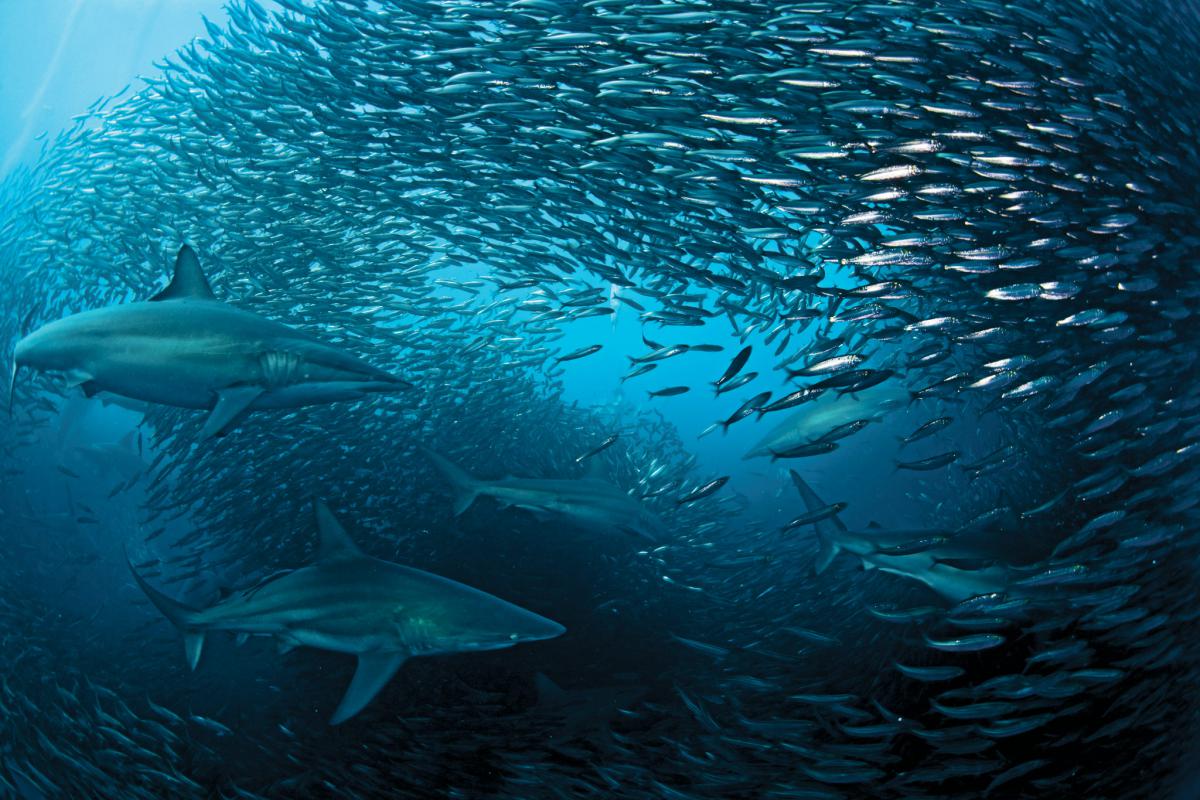
It is a weird natural phenomenon, which happens from May to July off the east coast of South Africa. Millions of sardines(small fish) migrate northwards into warmer waters. It is speculated that the cold currents are forcing them to migrate when the temperature of the water drops below 21 degrees Celsius. The movement of so many fish causes some interesting things to happen, like bigger predators moving with the flock and happily eating to their heart’s content. It is also special for divers and snorkelers, who can get literally lost amongst the sardines.
Underwater Rivers
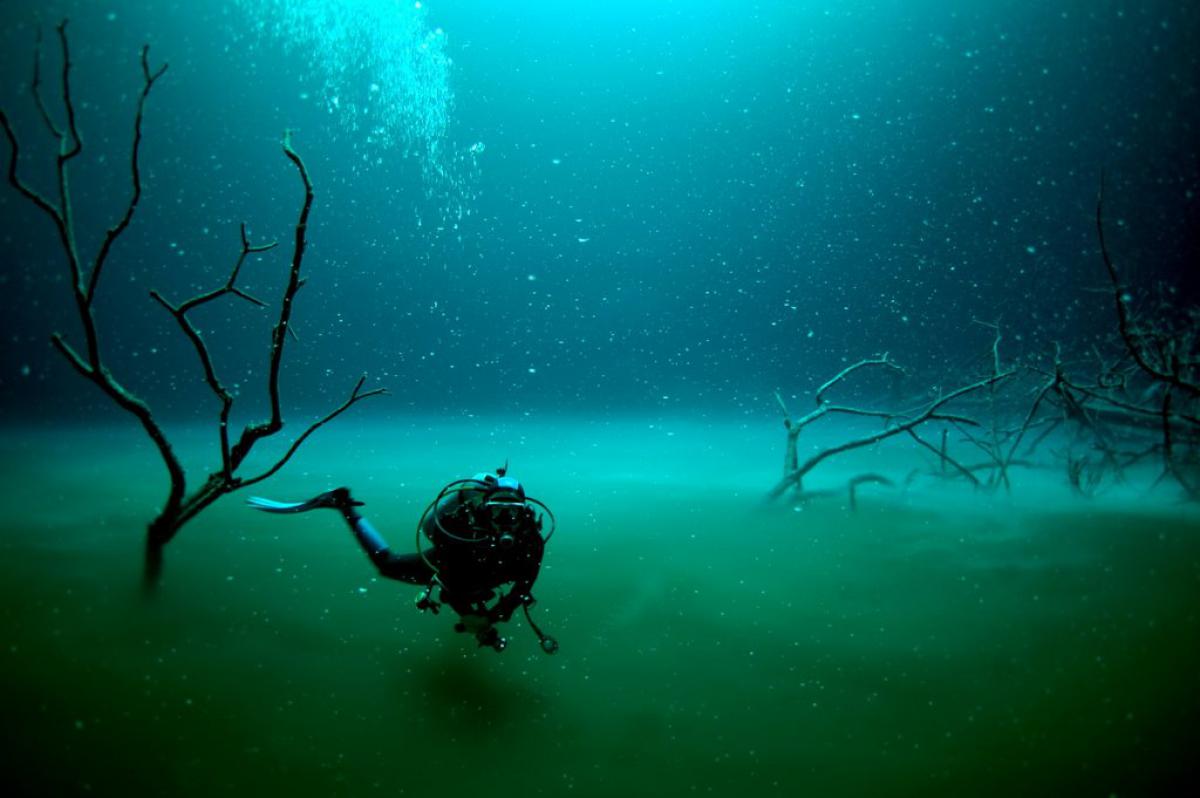
Ok, we are already aware that there are water currents, rivers of sorts, which carry warm and cold water across the oceans. But there is a different kind of river, a true underwater rivers, which resemble the rivers on the surface. It is all about water density. Fresh water is usually on top and gets collected from mostly rainfall in the more humid parts of Earth like rainforests. However there can be other substances deep down, like hydrogen sulfide, which have higher density and create layers within the body of water. The underwater rivers caught on camera are really magnificent, sometimes so seamless you need some time to understand they are underwater.
Striped Icebergs
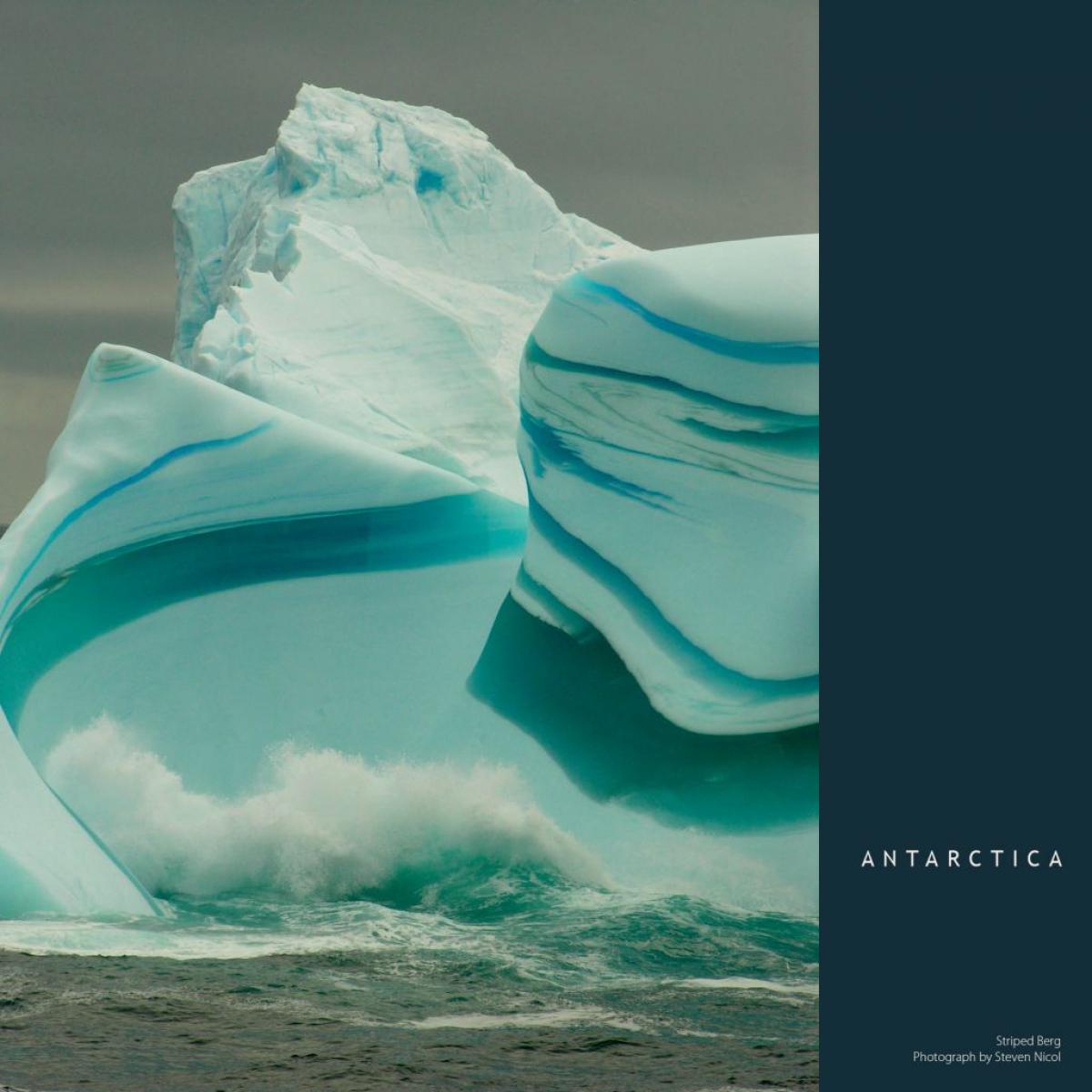
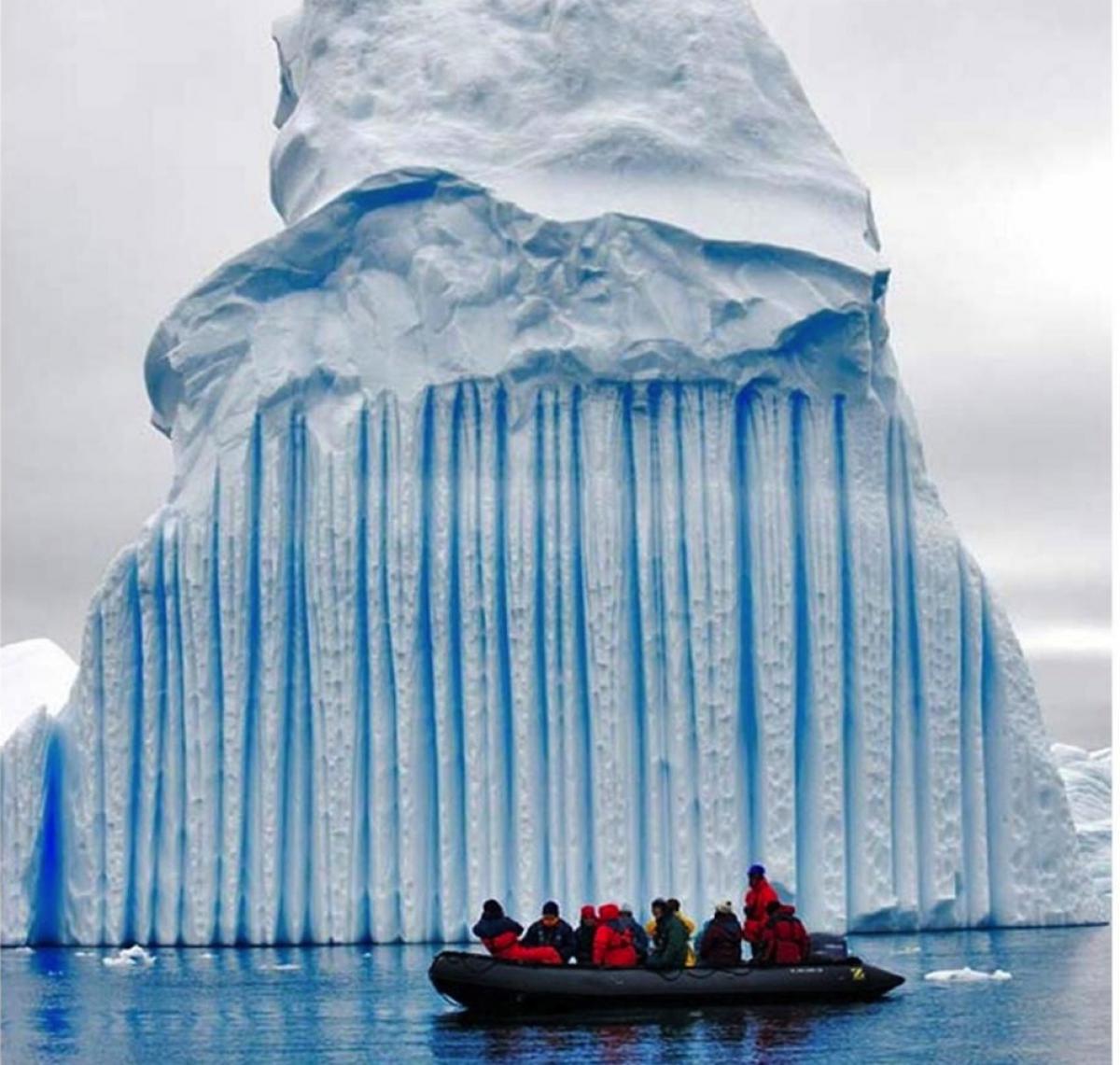
Turquoise Ice
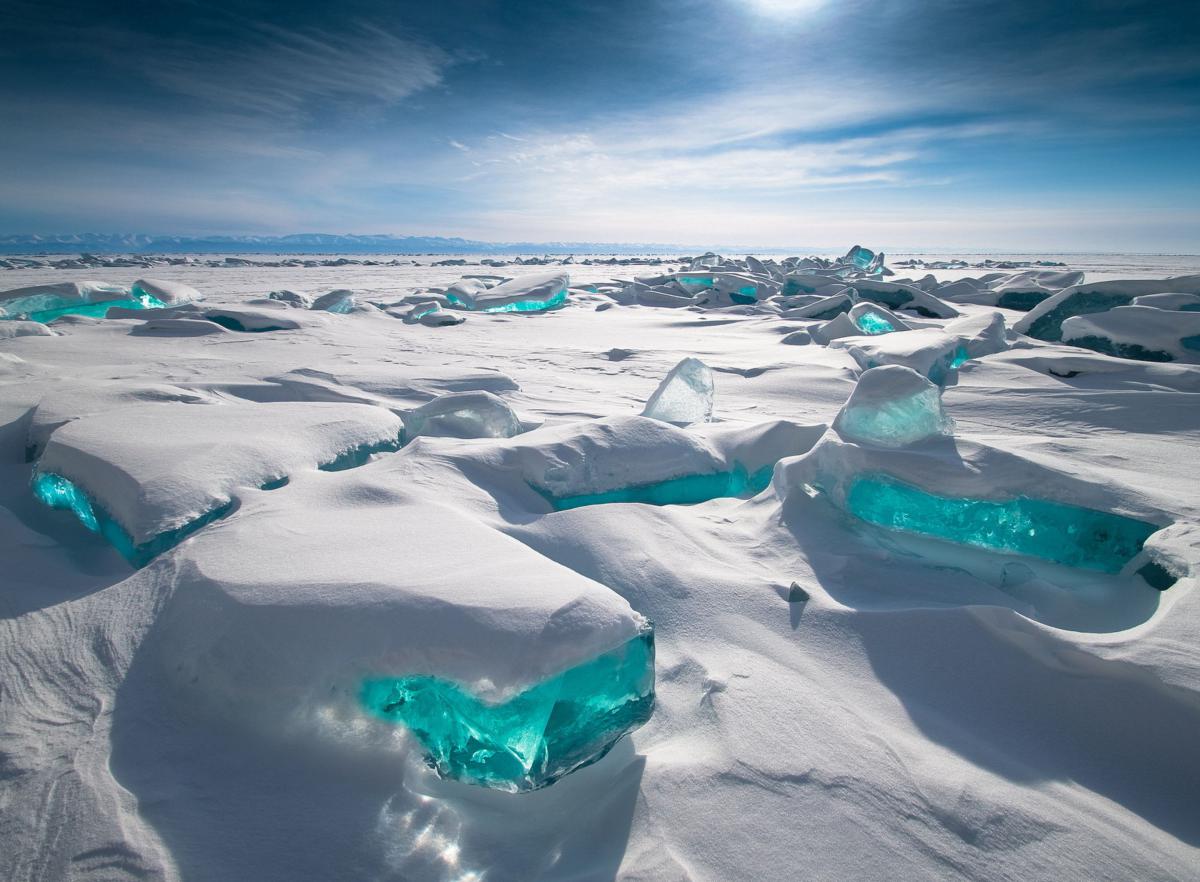
Lake Baikal is one of the most amazing lakes in the world for a good reason. It is the oldest, deepest and clearest of them all. It is also located in Russia, which makes it very prone to freezing. The turquoise-like ice it creates is magnificent and can be observed both from the surface and by going underwater. This wonder can be seen from January to May. Another great property of the turquoise ice is how easily you can see deep inside the lake, at an astonishing 130 feet below. Its even better when the ice starts to crack and form its own pieces of valuable metal.
Lenticular Clouds
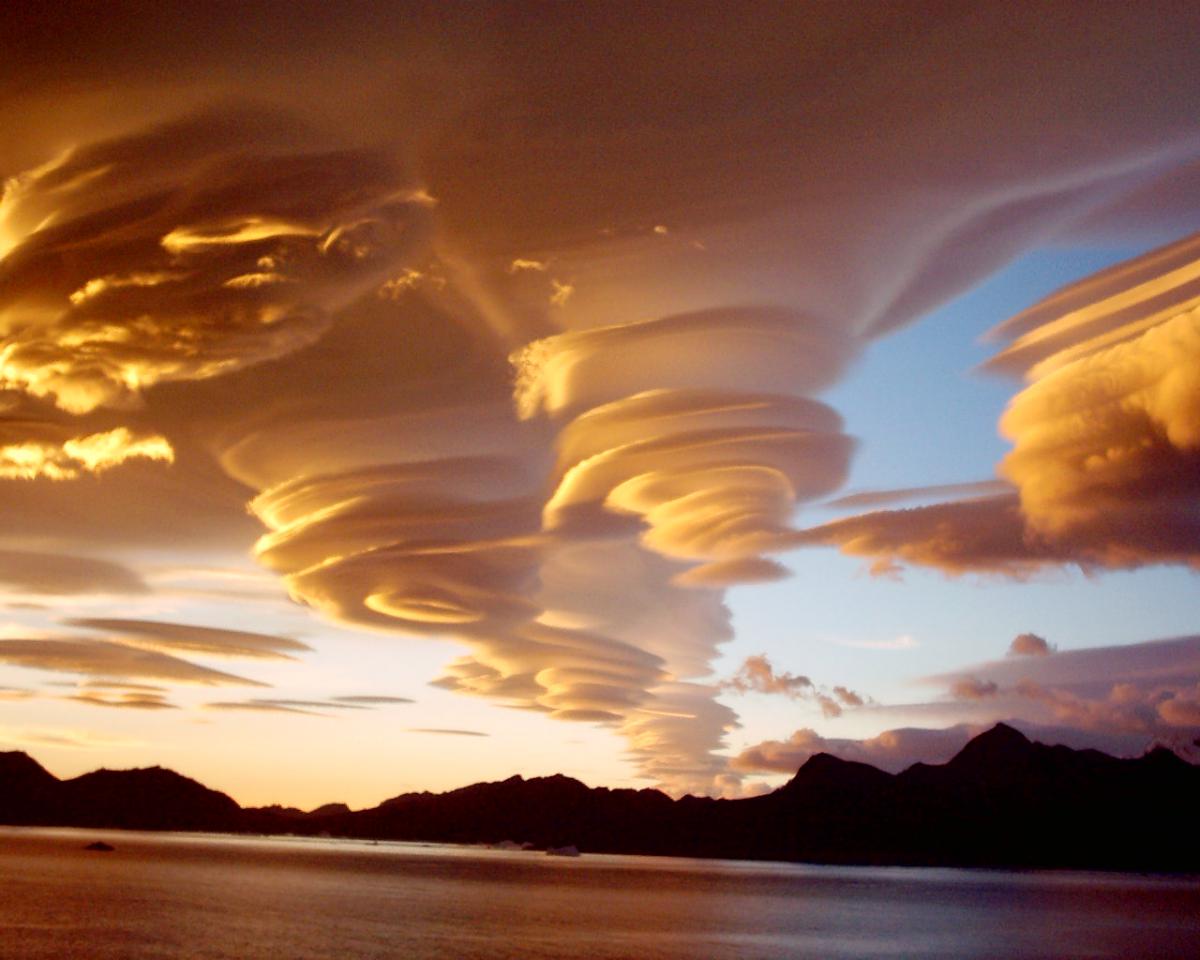
And here ladies and gentlemen is one of the reasons so many fake UFO sightings exist. These lens shaped clouds are formed when moist air goes over a mountain range. They usually stay over the mountain but sometimes they take flight and can be seen over plains and more densely inhabited areas. The Lenticular Clouds are so interesting and unusual many people have reported them as giant white flying saucers and indeed, if you look at some of them you can easily see why.
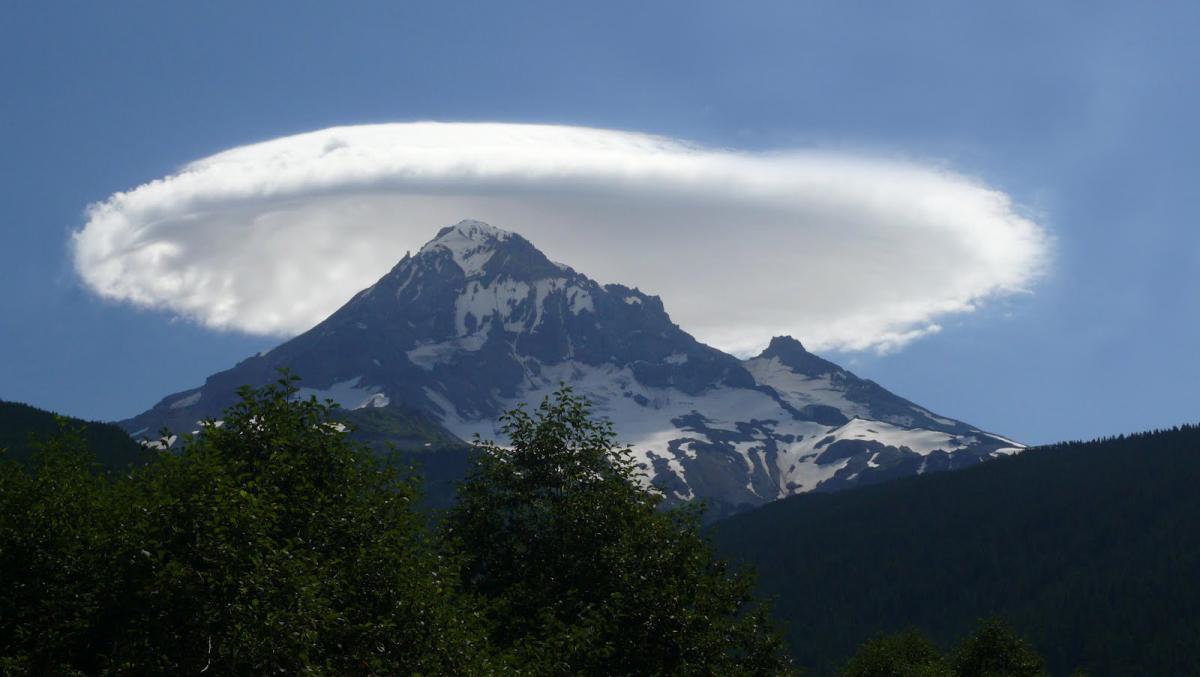
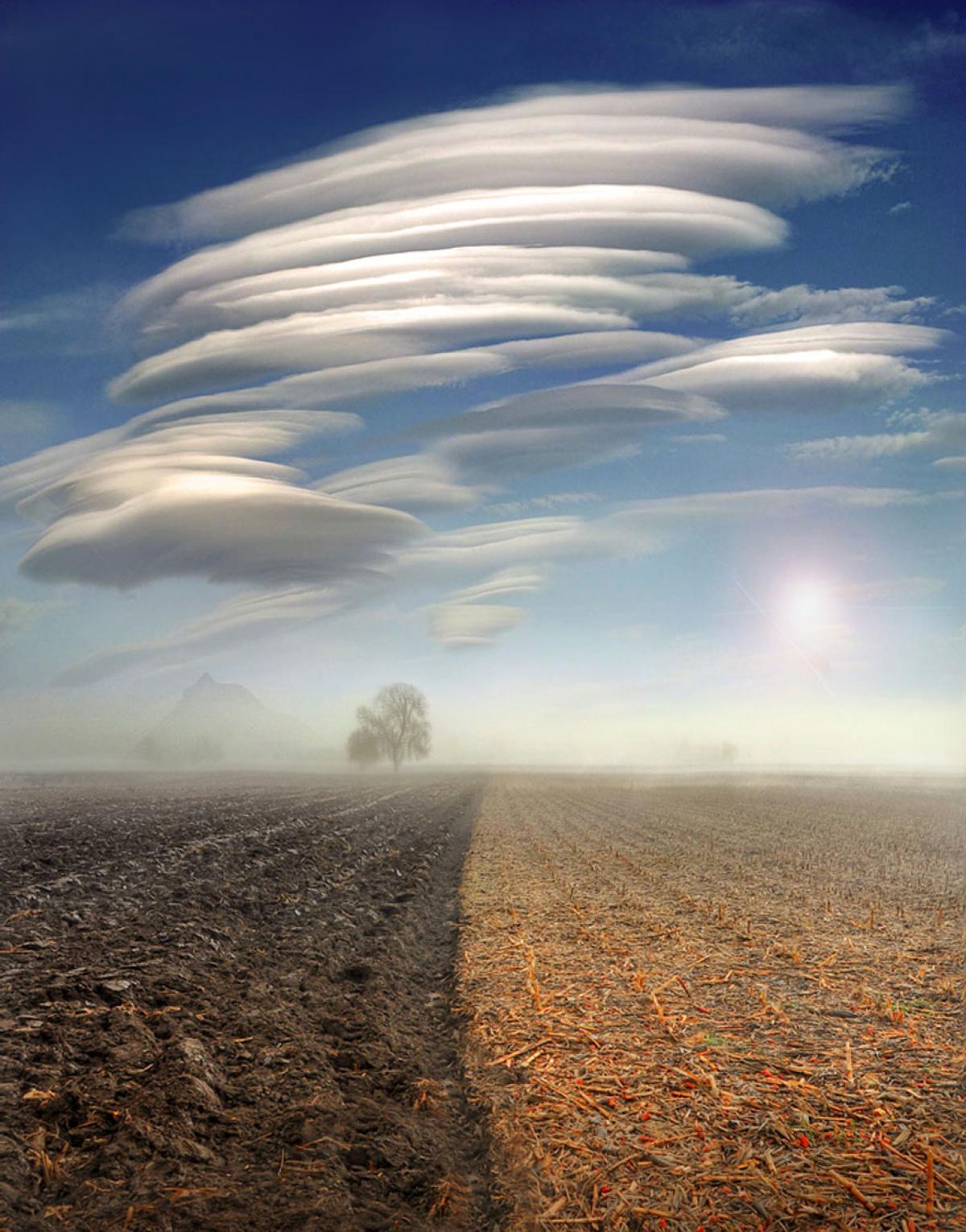
The Frozen Trees of Lapland
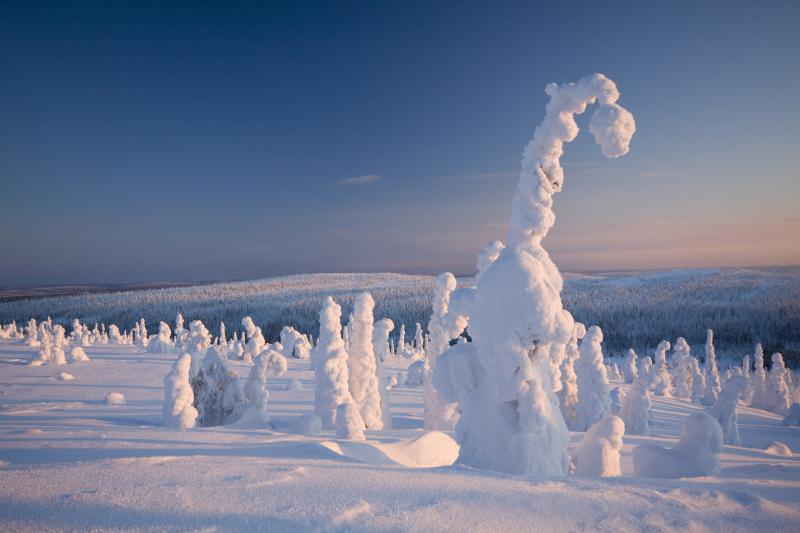
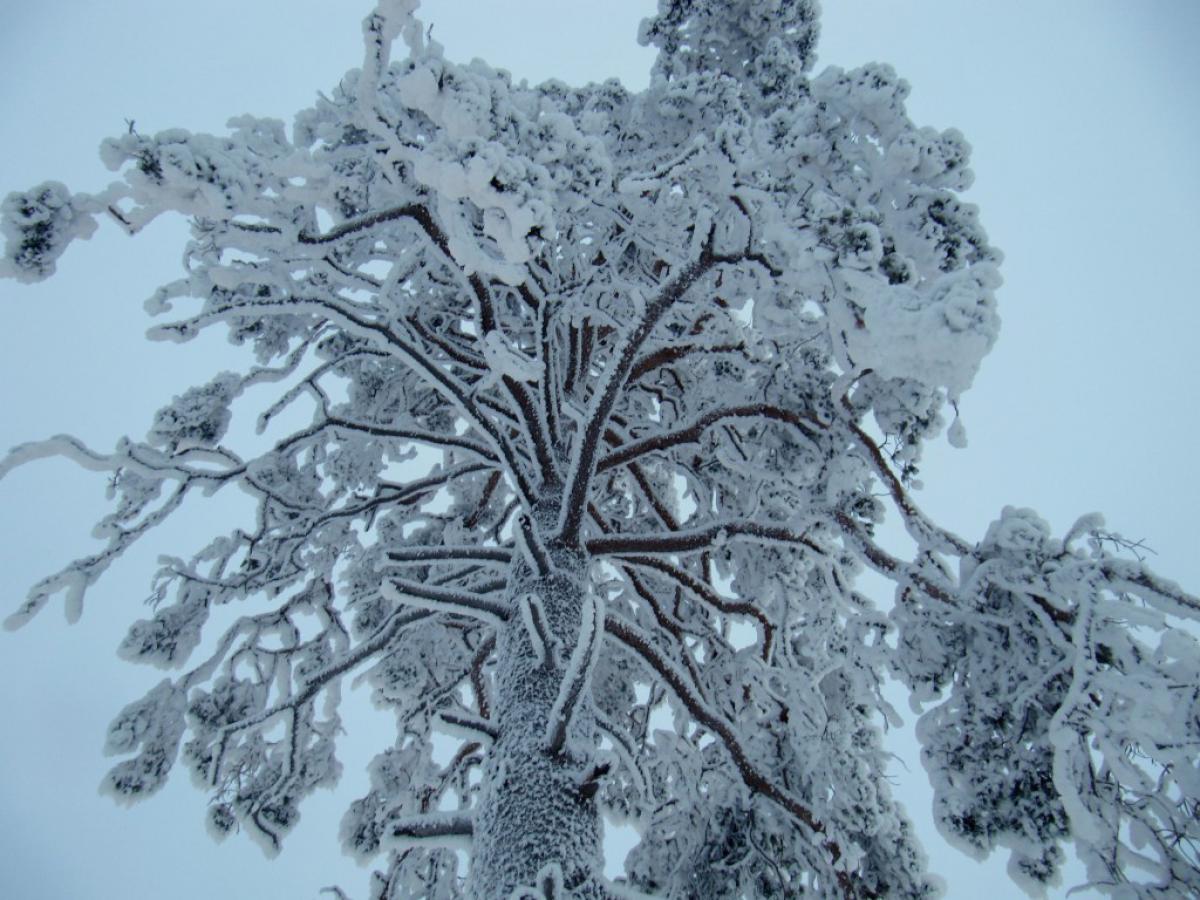
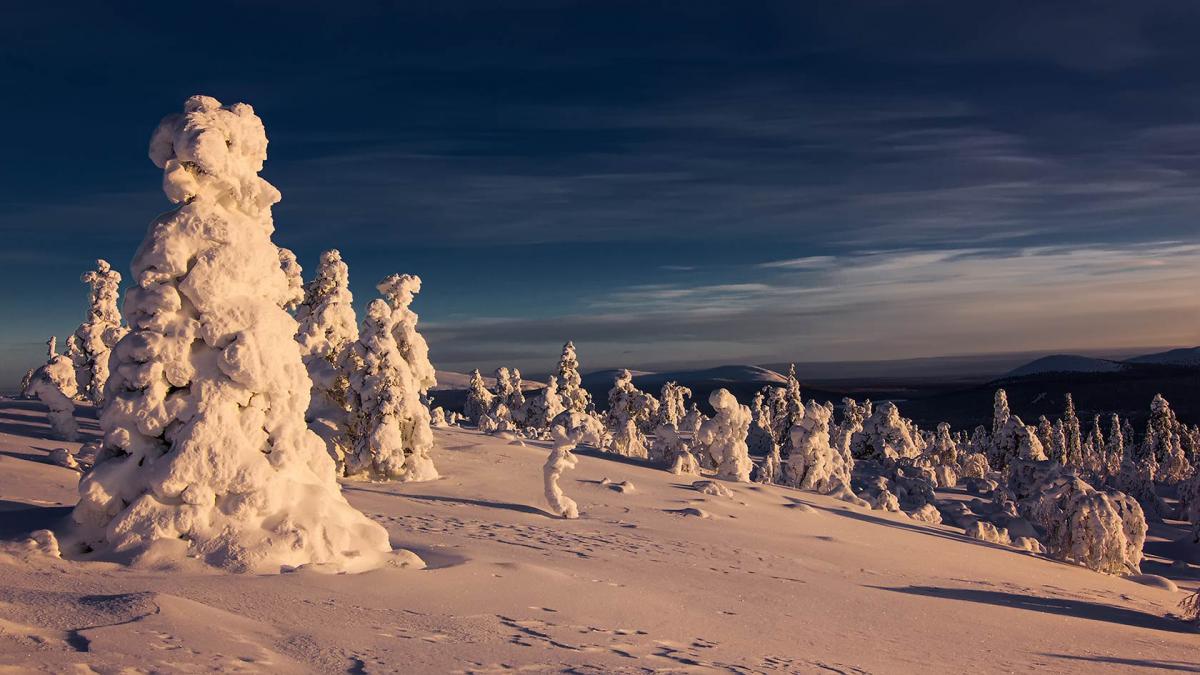
Light Poles
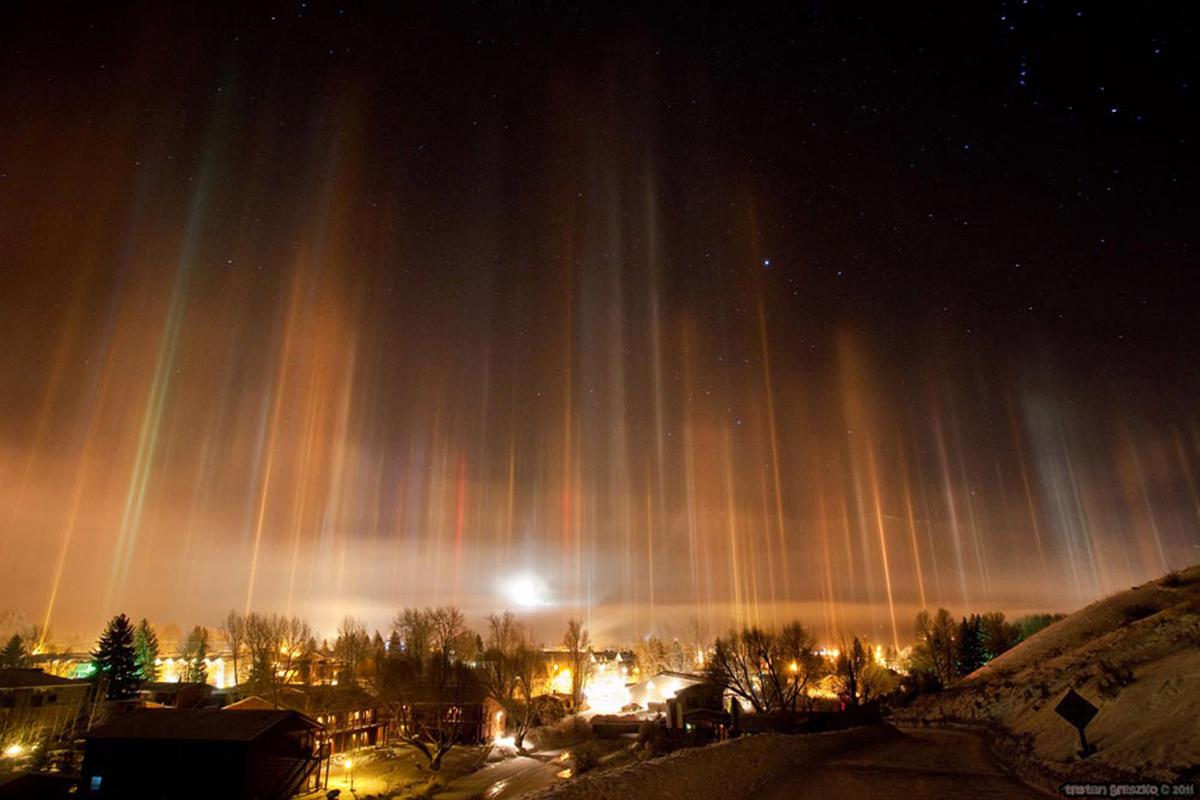
Cold weather can create some very interesting light shows if the right conditions are met. First and foremost the air must be cold enough to contain little ice crystals, – 20 degrees Celsius will do, the night must be clear, the wind must not be too strong and finally there must be lights of different colors for the crystals to reflect. This means cities are the likely place for this natural phenomenon to occur and it is quite beautiful when columns of differently colored light, from red to white, shoot up into the air. Light Poles are still a rare sight though, even when colorful cities is a requirement.
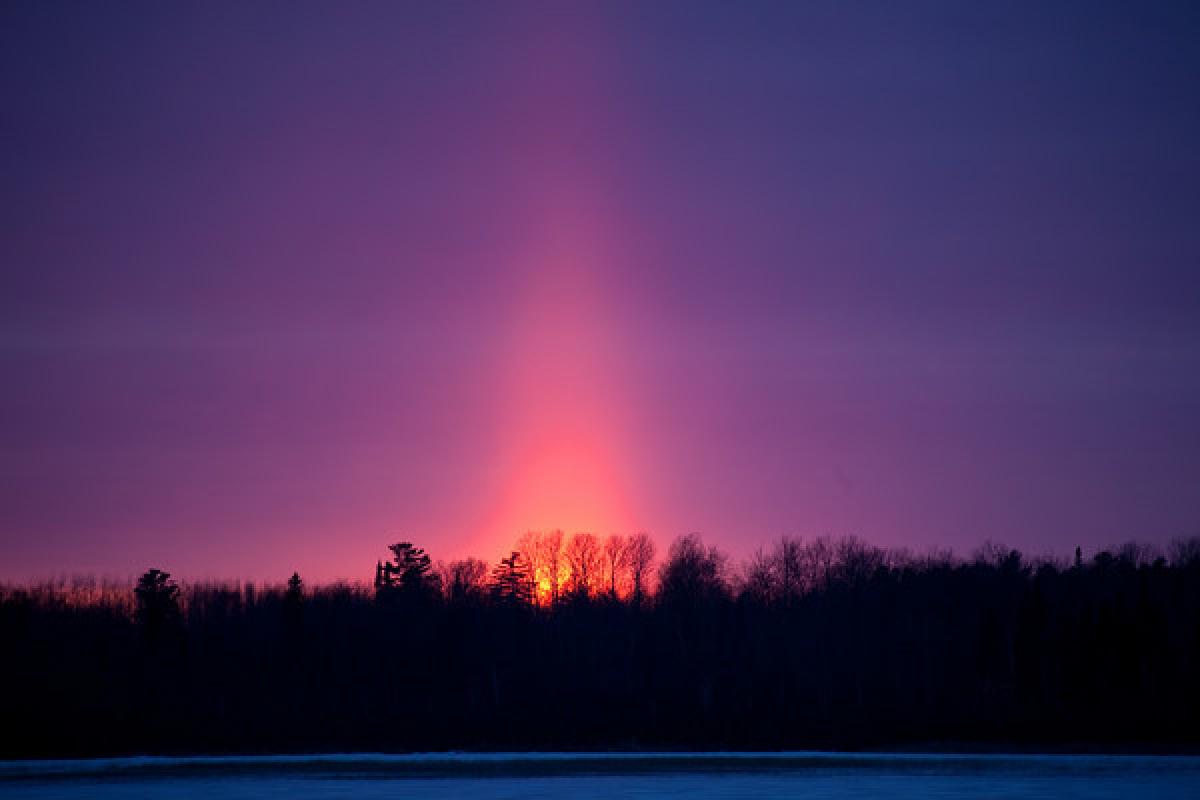
Bioluminescence
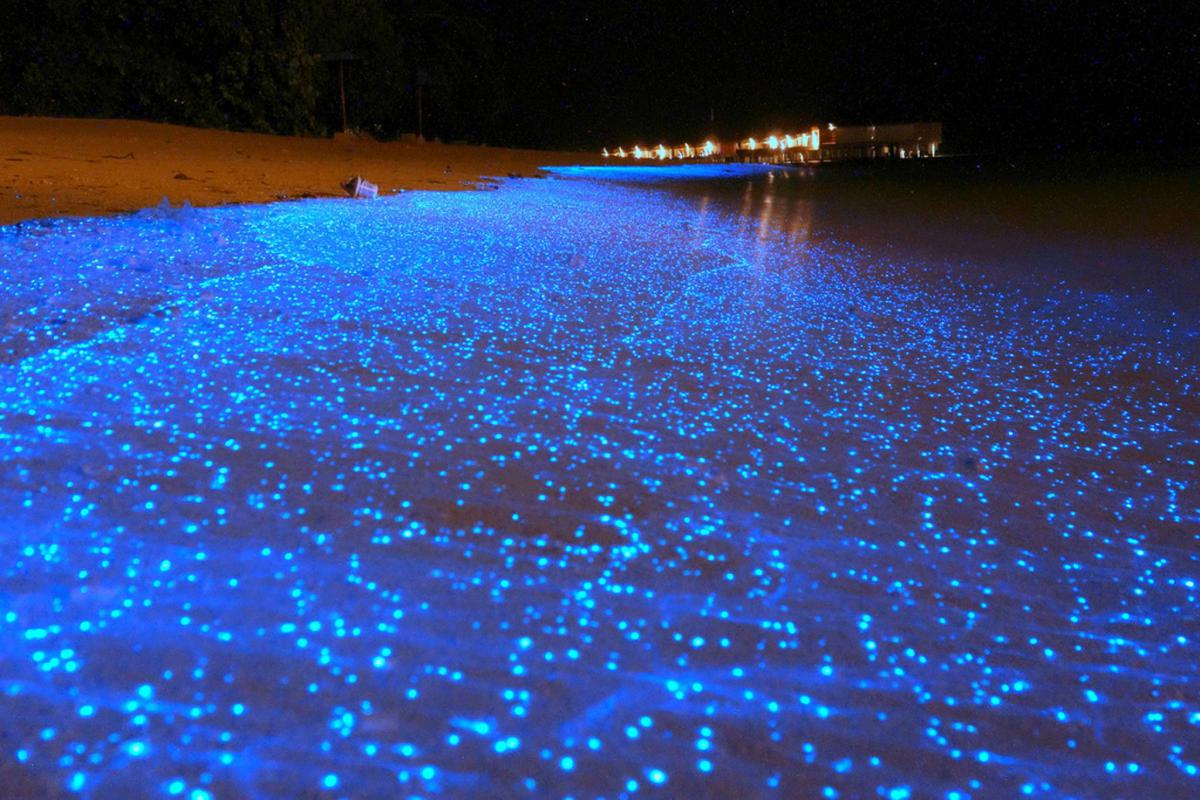
The term describes the curious way, in which living organisms can produce light through chemical reactions in their bodies. Fireflies are the most prominent members of this interesting brand of species, but there are many more, mostly found underwater where no natural light can reach. Bioluminescence has many different uses. It can be a warning signal, a way to evade predators, or a way for said predators to lure in prey. These ghostly lights are mostly seen in lakes, when the organisms inside are disturbed in some way and start glowing. No wonder people thought they were haunted.
Northern Lights
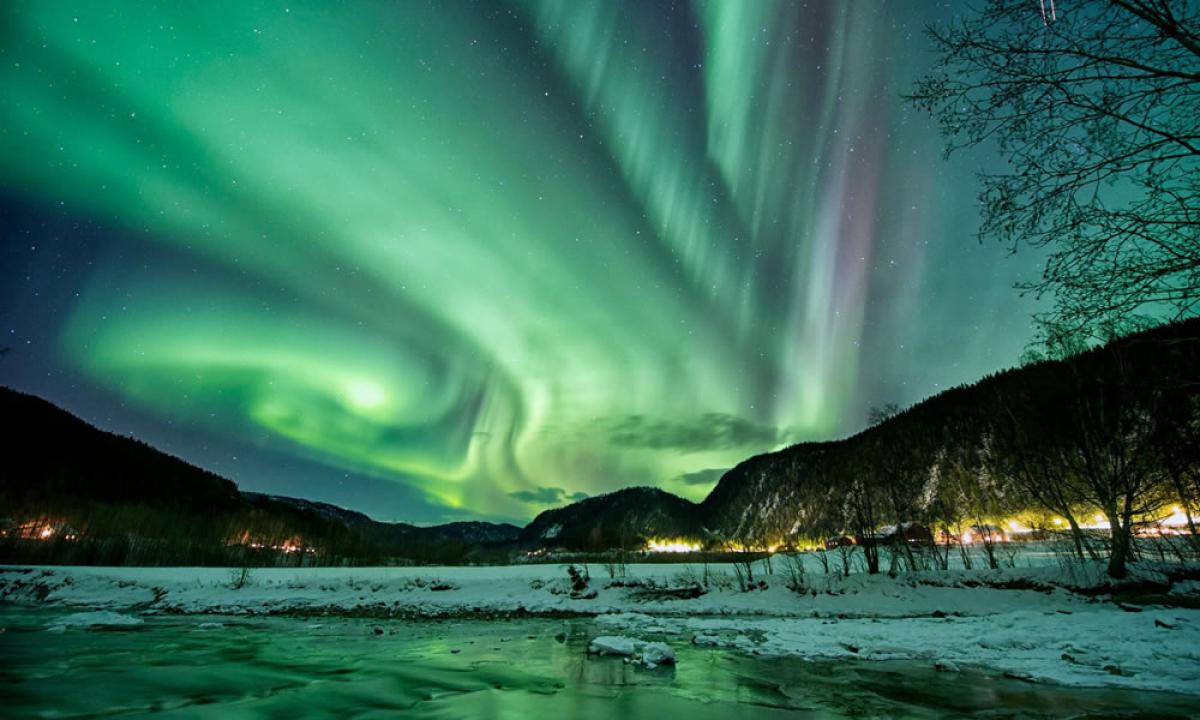
Or otherwise called Aurora Borealis are one of the most beautiful displays of natural lightshows you’ll ever see. They occur close to the magnetic poles, in other words close to the Northern and the Southern pole, but since the Northern region is more populated this is where they get their name from. The cause are super fast, charged particles from the Sun, which collide with Earth’s atmosphere and create green, pink and even violet colors in the sky. It is interesting to note that these fantastic displays are mirrored, in other words they occur at the same time and are of similar shapes and color on the North and on the South Pole.
Fire Rainbows
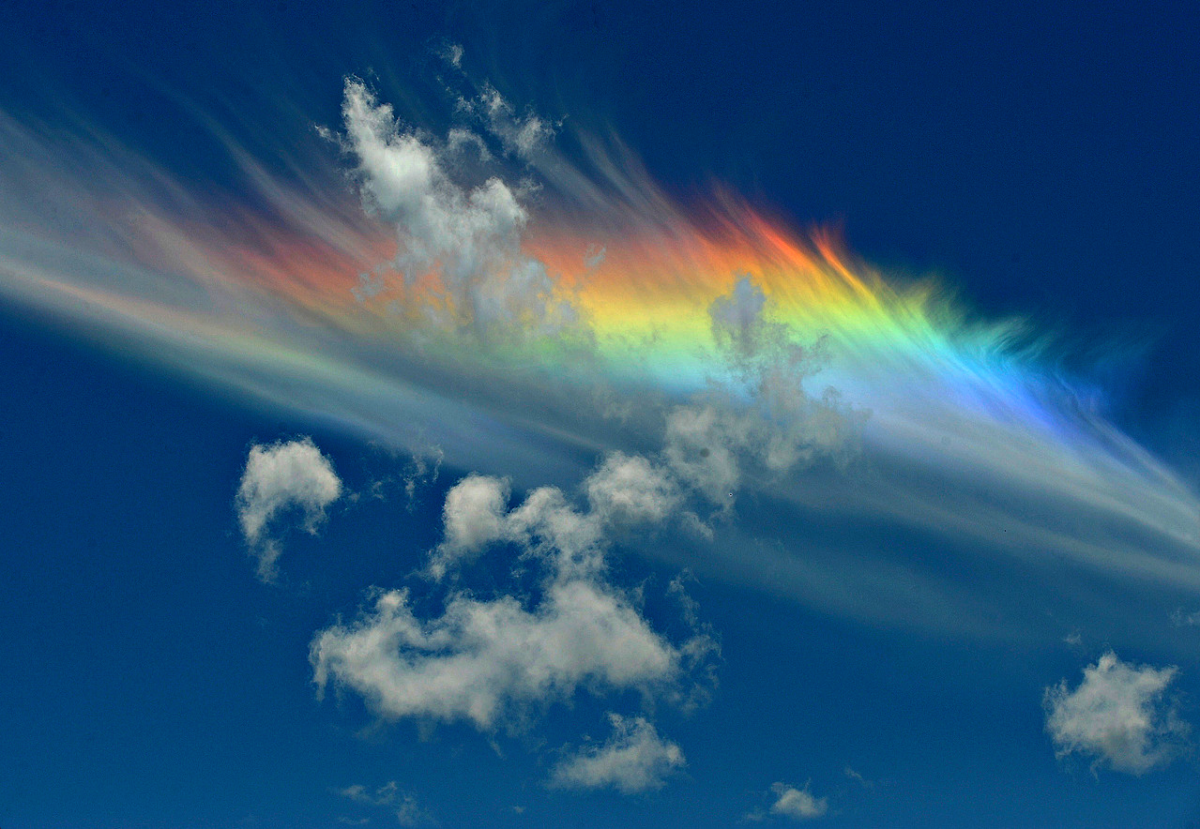
This extremely rare and beautiful natural phenomenon is neither a rainbow, nor it is made out of fire, but they do look like a burning rainbow very high in the sky during a sunny day. Ice crystals are once again the culprit here, formed inside high cirrus clouds. When the sun is positioned in a certain angle and these clouds are in the sky, the ice crystals inside them act like little prisms and reflect all colors like a rainbow. Sometimes the Fire Rainbows(scientifically called circumhorizontal arcs) are so large they can cover the horizon.
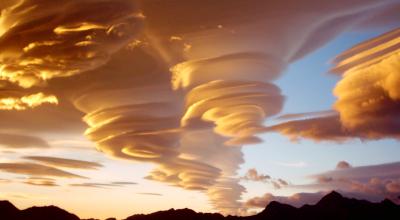
Leave a Reply